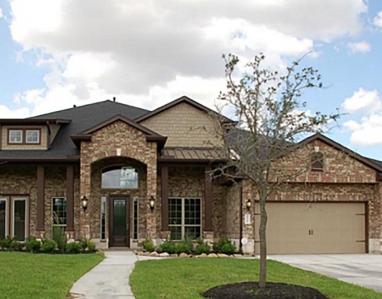Pending Home Sales Reach Highest Level in 12 Months

The National Association of Realtors reports that pending home sales have reached their highest levels in nearly a year, up 1.4 percent in March 2016 over March 2015. Low interest rates and a healthy labor market are contributing to this gain. However, there are significant differences in real estate markets throughout the country.
Low Interest Rates
Mortgage rates during the spring have remained low which has prompted many people to purchase homes, despite higher sale prices.
Lawrence Yun, NAR chief economist, said, "This spring's surprisingly low mortgage rates are easing some of the affordability pressures potential buyers are experiencing and are taking away some of the sting from home prices that are still rising too fast and above wage growth."
Healthy Labor Market
With relatively low unemployment rates (at 5 percent for the nation), more people are in a position to actually buy homes.
Western States
Recent years have not seen a proportion of single family new home construction to meet the demand in all regions. As a result, the western states are actually seeing supply shortages that are causing homes to rise in price until they are no longer affordable for the general population. Buyers in these areas are no longer purchasing homes at an increased rate.
While all other regions saw an increase, or at least stable, home sales rate, the West actually was the only region that saw a decline over the last 12 months.
"Demand is starting to weaken in some areas, particularly in the West, where the median home price has risen an astonishing 38 percent in the past three years," Yun said. "As a result, pending sales in the region have now declined in four of the last five months and are lower than one year ago for the third month in a row. Closed sales in the region in March were also below last year's pace."
The Western states, however, are seeing solid increases in job gains, which leaves economists hopeful that increases in income will help the region's home sales.
Northeast, South, and Midwest Regions
Around the rest of the country, however, demand is being met, with the PHSI in the Northeast increasing 3.2 percent in March. This is likely because the region has seen the slowest price movement over the last three years with only a 10 percent price gain.
The South and Midwest both experienced a 20 percent price gain which led the index to rise 0.2 percent in the Midwest, with no change in the South.
